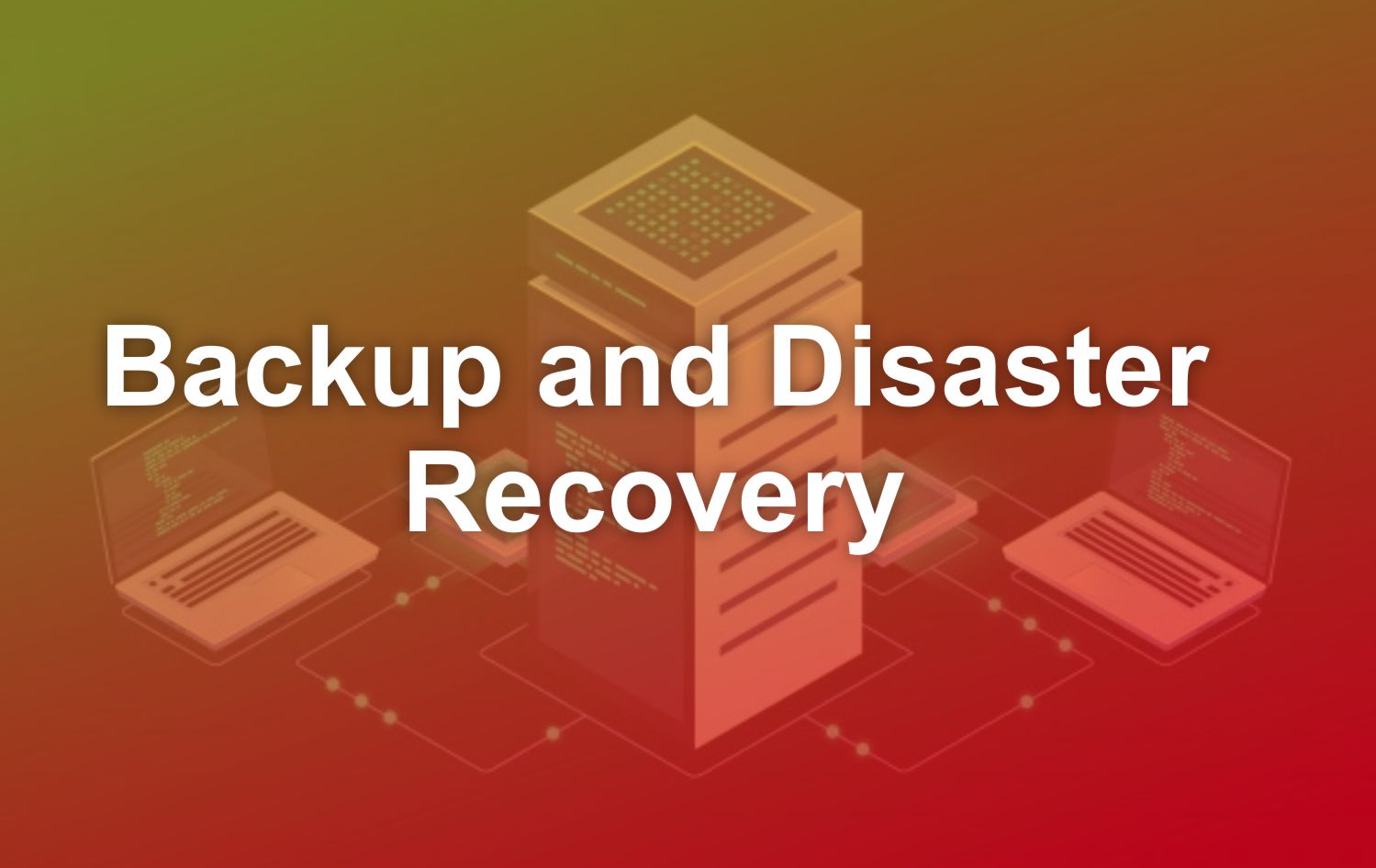Understanding the essence of backup and disaster recovery is critical to minimizing the impact of unexpected downtime on your business. In almost every industry, companies are aware that downtime can quickly result in lost revenue.
However, phenomena such as natural disasters, human error, security breaches, and ransomware attacks can put IT resources at risk. Obviously, any downtime can thwart the company’s interactions with consumers, reduce employee productivity, and destroy data both belonging to the company, clients and consumers.
All you need to do is differentiate backup from disaster recovery, and evaluate the various deployment options and technologies that can help you choose which solution is the best fit for your company. You can also develop effective strategies to avoid the consequences of downtime.
Backup and disaster recovery
There is a fundamental difference between backup and disaster recovery. Backup is the process of making additional copies of data (or multiple copies). You perform a data backup in order to protect the data itself. You may need to restore backup data if you experience accidental deletion, database corruption, or problems with a software upgrade.
On the other hand, disaster recovery refers to the plans and processes for quickly rebuilding access to applications, data, and IT resources after a problem occurs. The plan involves switching to a redundant set of servers and storage systems until your primary data center is back up and running.
Some companies sometimes have a misunderstanding, and confused between backup and disaster recovery. Just having a copy of the data doesn’t mean you can keep your business running smoothly. To ensure business continuity, you need a robust and proven disaster recovery plan.
Important terms
Understanding some important terms can help you make strategic decisions. Not only that, these terms can also allow you to evaluate backup and disaster recovery.
- Recovery time objective (RTO) is the amount of time required to restore business operations after a problem occurs. When you set up an RTO, you need to consider how much time it might take up.
RTO itself varies depending on the type of company. For example, if a public library loses catalog data, it may take days to restore everything to normal. However, if an online seller loses an inventory system, they may only lose 10 minutes of disaster recovery.
- The recovery point objective (RPO) refers to the amount of data that you understand when a disaster occurs. You may need to duplicate the data to another data center, so that business operations can continue as usual despite issues. Or maybe you think losing five minutes or an hour is still acceptable.
- Failover is a disaster recovery process that automatically moves tasks to the backup system in a seamless manner. You might move from a primary data center to a secondary site, with systems ready to take over.
- Restore is the process of transferring backup data to your main system or data center. The restore process is generally considered part of a backup rather than a disaster recovery.
- Disaster recovery as a service (DRaaS) is a managed approach to disaster recovery. Third parties are responsible for and manage the infrastructure used for disaster recovery. Some of the DRaaS offerings may include providing tools to manage disaster recovery processes, or enabling companies to manage those processes for them
Prioritize workload
Once you understand the key concepts, it’s time to apply them to your workload. Many companies have multiple RTOs and RPOs reflecting the importance of each workload for their company.
For example in large banks, the online banking system may be a critical workload because it has important data from its customers. However, the time-tracking application of bank employees is less important. In the event of a disaster, banks can leave the application closed for several hours or even a day, without causing a major negative impact on the business. Defining workloads as Tier 1, Tier 2, or Tier 3 can help provide a framework for your disaster recovery plan.
Evaluate deployment options
The next step in designing a disaster recovery plan is evaluating deployment options. Do you need to keep some disaster recovery functions or backup data backup on-premises? Would you benefit from a public cloud or a hybrid cloud?
Cloud
Cloud-based backup and disaster recovery are becoming widely used by various types of companies. Many clouds provide the infrastructure to store data. In some cases, vendors also provide tools to manage backups and disaster recovery processes.
By choosing cloud-based backup or disaster recovery, you can avoid a large investment in infrastructure and management costs. Plus, you get fast scalability to keep your data safe in the event of a disaster.
Cloud-based backup or disaster recovery can be done on-premise or in the cloud. You can choose to store only backed up data in the cloud while maintaining a production environment in your own data center.
With a hybrid approach like this, you still benefit from scalability without having to switch production environments. In the cloud-to-cloud model, production and disaster recovery reside in the cloud, albeit in different locations.
On-premise
In some cases, storing backups or disaster recovery on-premises can help you retrieve data and restore IT services quickly. Storing some sensitive data on-premises may also seem attractive if you have a requirement to comply with data privacy regulations or industry regulations.
For disaster recovery, a plan that completely relies on on-premise will be a challenge. In the event of a natural disaster or a power outage, your entire data center will obviously be affected. That is why most disaster recovery strategies use secondary sites that are some distance from the primary data center.
Conclusion
No need to think twice about having a backup or disaster recovery. Immediately consult your company’s needs with Indonesian Cloud to find the right solution. We provide Veeam and Zerto that you can choose to maintain the continuity of your company’s operations.

